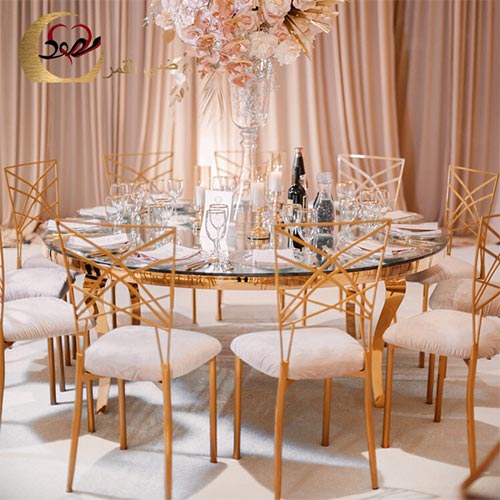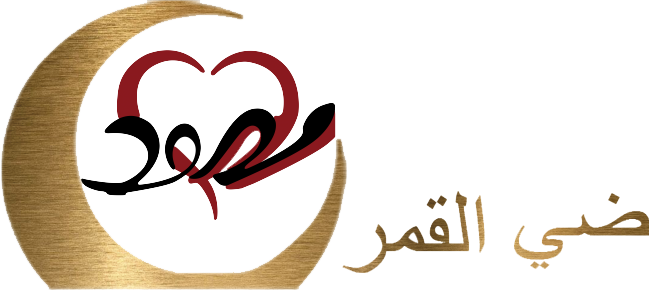How to set a wedding table

When it comes to wedding etiquette, it’s important to cover the basics alongside those nitty-gritty questions, which means it’s time to talk table manners! And nothing is more essential as a host or hostess than knowing how to properly set a table, especially if you are having a formal wedding reception. If it’s time to place the rental order and you’re still having a hard time pinpointing the charger from the champagne flute (or where they go!), we’ve got a cheat sheet to make sure each place setting is perfect.
These Online Etiquette Classes Will Make Sure Your Manners Are On-Point
There’s a lot that goes into setting a traditional formal wedding table and we understand that it sometimes gets tricky. First, let’s cover the vocabulary you’ll need to know:
Charger: A charger (sometimes called a service plate) is larger than a standard dinner plate, and is often more decorative in design. You don’t eat off of a charger —instead, other plates are set on top of it.
Dinner Plate: This is a large (usually 10–11 inches) plate that is used to serve the main course.
Salad Plate: This is a smaller (usually 8 inches) plate used to serve salads or appetizers.
Bread Plate: This is the smallest (usually 6–7 inches) plate, used to serve bread and butter.
Salad Fork: This small fork is used to eat salads or appetizers.
Dinner Fork: This is the biggest fork on the table, and is used to eat the main course.
Fish Fork: Often with three prongs, this fork is used to eat fish only. You’ll know it’s the fish fork because it resembles a trident.
Dessert Fork: This is the smallest fork on the tables, and is reserved for eating dessert.
Salad Knife: This smaller knife is used to eat salads or appetizers.
Fish Knife: This smaller knife does not have a sharp edge, and is often slightly offset like a spatula. A notch at the top helps you cut fish using the natural flaking quality of the flesh.
Dinner Knife: This larger knife is used to eat the main course, and can be replaced with a steak knife if required.
Bread Knife: This small knife does not have a sharp edge, and is used for spreading butter or spreads on bread.
Soup Spoon: This large spoon has a deeper bowl, used for eating a soup course.
Dessert Spoon: This small spoon is used for eating dessert.
Water Glass: This glass can either be a flat-bottomed cup or a goblet with a short stem.
Wine Glass: This glass, used for serving wine, usually has a long stem and comes in a variety of shapes (some of which are created for specific colors or varieties of wine).
Champagne Glass: These narrower, taller glasses often have long stems and can be a coup, tulip, or flute shape, designed for serving champagne or sparkling wines.
Now let’s put everything on the table, starting with the plates.
- Plates
When setting a formal table, begin with plates. First, center the charger in the middle of the place setting. You can get creative with your chargers and play with colors, materials, and textures. Then, put the dinner plate on top of the charger, and the salad plate on top of the dinner plate. As for the bread plate, that’ll be incorporated while you’re placing the flatware.
- Flatware
Flatware arrangement is crucial as it’s also the most functional! Flatware is arranged on the table in the order you will use it, working from the outside of the place setting toward the center. (If you’re a guest, always remember it’s outside in!)
From left to right, arrange the salad fork, fish fork, and dinner fork to the left of the charger. Now, starting immediately to the right of the charger and working your way to the right, place the dinner knife, fish knife, salad knife, and soup spoon. Note that fish forks and knives, as well as soup spoons, should only be used if those courses will be served!
Place the dessert fork and spoon horizontally above the charger. The dessert fork should be closer to the charger, with the tines to the right, and the dessert spoon should be above it, with the bowl of the spoon to the left.
Place the bread plate to the left of the dessert fork and spoon, right above the forks. The bread knife should be placed either horizontally or diagonally across the bread plate. The blade of the knife should be closest to the edge of the table, and the handle should be toward the charger.
- Glassware
All glasses should go above the knives, to the upper right of the charger. From left to right, the glasses should be arranged as follows: Water, red wine, white wine, and champagne.
- Napkins, Place Cards, and Menus
This is where you can get crafty and be slightly more flexible. You may opt to place the napkin in the center of the salad plate, beneath the charger, or to the left of the plate and beneath the forks. If you are using place cards, those should go either in the center of the salad plate or directly above the dessert fork and spoon. Printed menus can go in the center of the plate, and are often tucked into the napkin.

